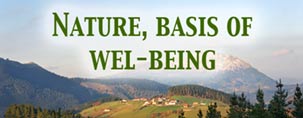Doing our own thing
Ataria Interpretation Centre
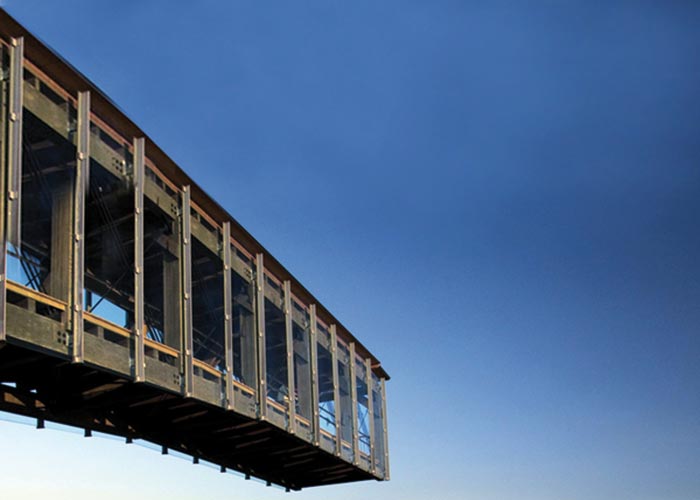
Located next to Salburua wetlands in Vitoria-Gasteiz, the centre's facilities include different exhibitions related to the conservation and recovery of biodiversity. One of these is its permanent exhibition which, under the title 'The Salburua Pools', helps the visitor to understand, through various interactive modules, the source of the water of these wetlands, the evolution of the park and its operation as an ecosystem, the services it offers to society or the threats it suffers. It is an ideal place to visit after school hours, which can also be completed with a route around the natural area of Salburua along the various sign-posted routes.
Tlfno.: 945 25 47 59
'El Cárabo' Magazine
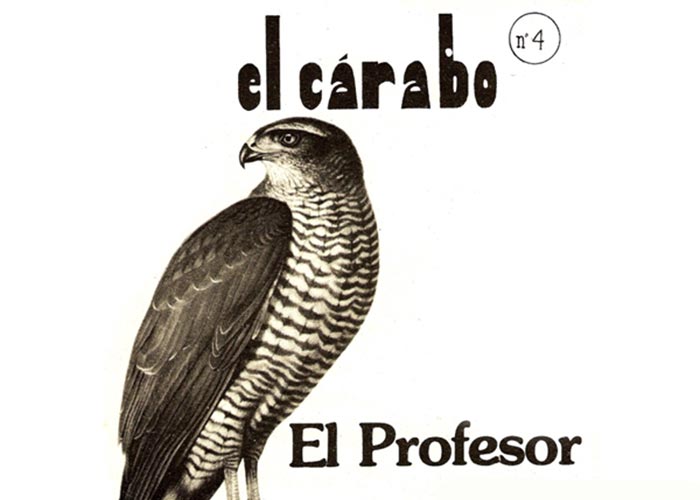
Humour and elaborate illustrations of nature are the main features of the pages of this publication, which was created in 1982. That year, the editors of the French magazine 'Quercus', created ten years earlier with around 60,000 subscribers, approved the publication of the Spanish version.
The pages of 'El Cárabo' offer a range of environmental information services that have become a benchmark for enthusiasts and professionals in the world of natural science and environmentalism. Moreover, its issues include practical ideas for the reader to take action: plans and instructions to build a nest box, a sketch to make a den for a hedgehog, data sheets to identify the most common wild mushrooms, among other interesting proposals.
With its contents, 'El Cárabo' aims to entertain children and delight expert naturalists, but can also serve as a source of content and ideas for teachers or educators and youth workers.
Hiking, a healthy alternative
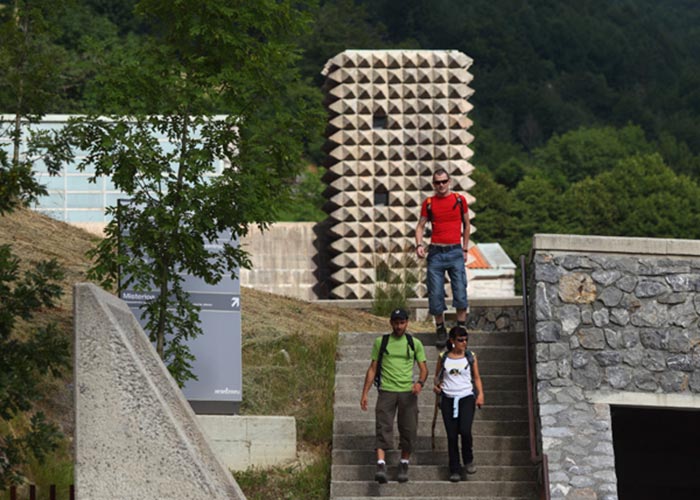
Hiking is not only a fun proposal for your free time but also one of the healthiest leisure alternatives for the whole family. The Basque ecosystems offer diverse recreational opportunities including this one, in which you can also enjoy other services provided by the ecosystems, such as enjoying the scenery, psychological well-being produced by the contact with nature and the sounds produced there (birdsong, sound of water...), etc. Here we propose a series of easy hiking routes suitable for everyone:
GIPUZKOA
KORTAKOGAIN PR-Gi-104 Around the country houses of Arantzazu (5.5 km - easy - 1h 30min)
ARANTZAZU PR-Gi-105 The hidden path (7km - easy - 2h 30min)
BIZKAIA
Vivero Gran Bilbao
Type of route: Return, signposted
Distance: 11.1 km. Time: 2h 30min Difficulty: Low
Recommended season: spring, summer, autumn, winter
Atxarre Urdaibai
Type of route: Return, signposted
Distance: 5 km Time: 1h 30min hours Difficulty: Low
Recommended season: spring, summer, autumn, winter
Jata 600m Basque Mountains
Type of route: Return, signposted
Distance: 4 km Time: 1 hour Difficulty: Low
Recommended season: spring, summer, autumn, winter
ALAVA
Mantxibio 937m Izki Natural Park
Type of route: Circular signposted
Distance: 9 km Time: 2h 30 min Difficulty: Low
Recommended season: spring, summer, autumn, winter
PR-A 69: Kontrasta Ravine Izki Natural Park
Type of route: Circular signposted
Distance: 9 km Time: 2h 30 min Difficulty: Low
Recommended season: spring, summer, autumn, winter
Caring for the territory
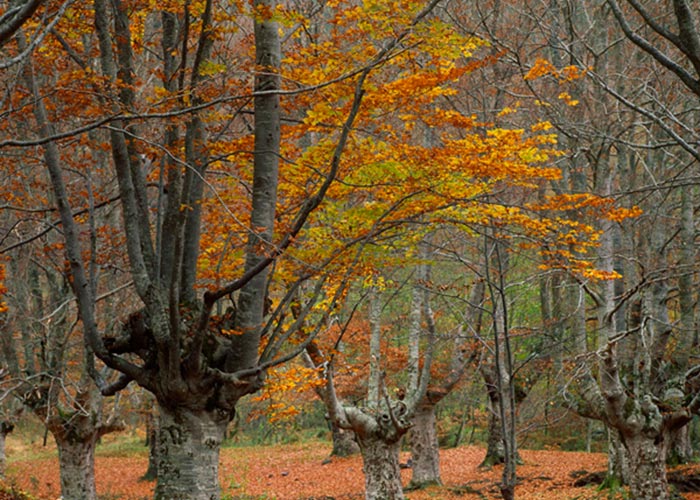
This instrument for the conservation of natural heritage aims to encourage participation in this practice among individual citizens, property owners, private companies or social groups who, in addition to the public administration, wish to collaborate with the conservation of biodiversity. These are voluntary agreements between these agents and the various custodians.
The natural areas to safeguard can be both private property and communal lands owned by local institutions, property of companies or lands on which rights exist on the use of natural resources. Therefore, the custodians are not only conservation organisations but also neighbourhood associations, social agents, foundations and even local authorities such as town councils, administrative boards, county council districts or consortia. However, they must be non-profit organisations whose purpose includes the implementation of activities in favour of conserving biodiversity.
More information and how to take part:

